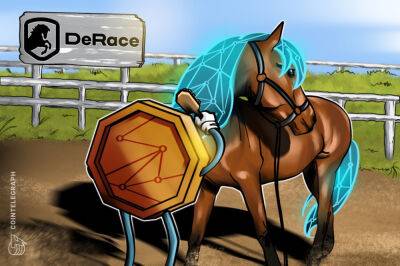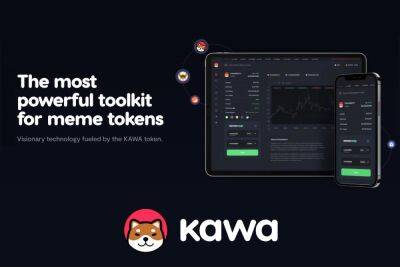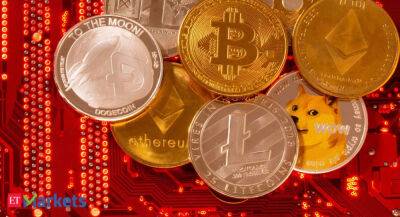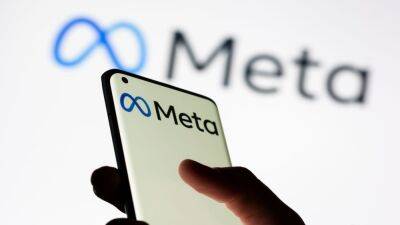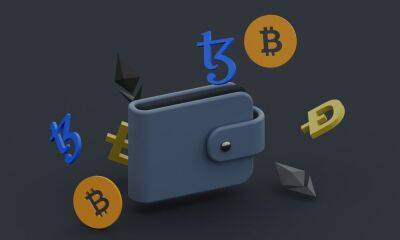This blockchain is using Bitcoin to offer a unique DeFi experience
The crypto industry has come up with a lot to offer to the world, but there’s no denying that decentralized finance (DeFi) is one of the most valuable innovations to come from it.
Thanks to the inherent decentralization provided by blockchain technology, DeFi gives users many of the benefits of traditional finance, such as generating a passive income through lending, but with one massive advantage: the removal of a third-party intermediary.
By removing an intermediary, DeFi users have more control over their financial processes. They can experience higher interest rates on-lent assets, facilitate a better deal when borrowing, or simply enjoy better returns on their tokenized savings. The possibilities are endless but also limited by many of the top DeFi networks out there.
Ethereum (ETH), for instance, is associated with transaction fees, long wait times and other side effects of network congestion. One blockchain, however, is offering an alternative to Ethereum and other DeFi apps by utilizing Bitcoin (BTC) of all things. That blockchain is DeFiChain.
When it comes to decentralized finance applications, DeFiChain follows a completely different strategy compared to Ethereum or other well-known blockchains. Instead of integrating DeFi-application as decentralized applications (DApps) on the blockchain, every DeFi-related use case is programmed natively on the chain itself.
Each financial application is thus so deeply embedded in the blockchain that changes can only take place via hard-forks. In short, DeFi protocols are more decentralized, the native currency DFI serves as the government token for all DeFi applications and no developer is above the decisions of individual masternodes.
DeFiChain unites all known DeFi
Read more on cointelegraph.com



